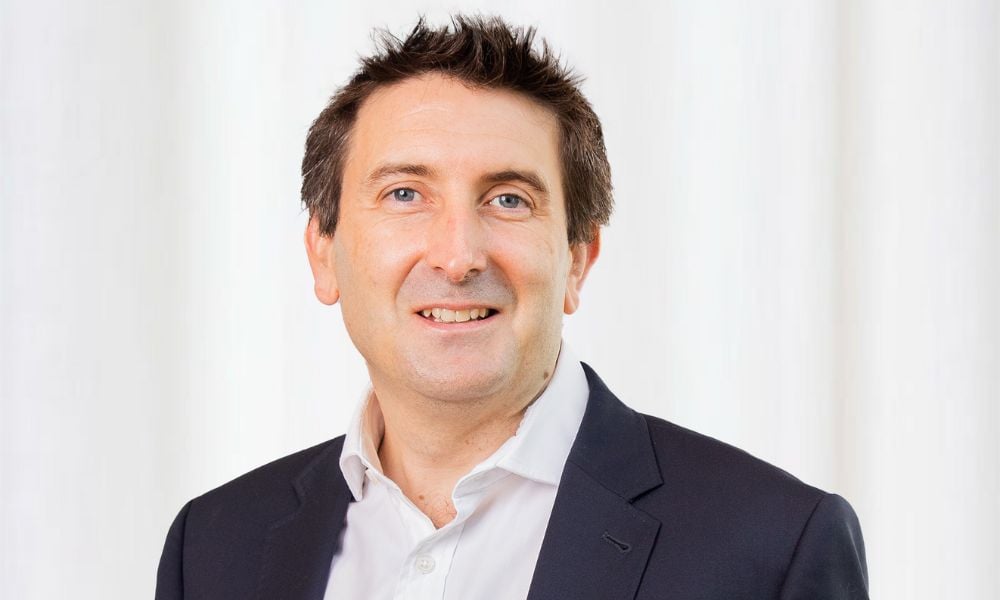Loan book hits $2.1bn

MA Money, the non-bank lending wing of ASX-listed MA Financial, had high expectations of flipping a profit in early 2024.
Under chief executive Chris Wyke (pictured), MA Financial spent the bulk of 2023 ramping up investment into MA Money, still in its infancy as a home loan lender after rebranding from MKM Capital in 2022, to come in all guns blazing in 2024.
Such was management’s confidence that shareholders were told to expect a profit from MA Money in the first quarter of 2024.
It didn’t quite pan out that way, with MA Money only hitting a break-even stride at the back end of the financial year.
That said, the financial numbers, released to the public on Thursday, underscored some impressive growth for the non-bank lender.
By 31 December, 2024, the loan book had grown 155% year on year to $2.1 billion. Net interest margins expanded from 1.1% in the first half to 1.4% in the second half, which allowed revenue to slowly but surely match pace with expenses.
“You probably overestimate what you achieve in the first year and underestimate what you achieve in five years,” said Wyke of MA Money’s journey so far.
“As the year of 2023 progressed, we saw very quickly that (the market) was brutally competitive and it was harder than we thought,” he told MPA. “The brand was not established, so we worked really hard on offering a great product and good customer turnaround time.”
MA Money has succeeded in this regard, with the average turnaround time currently clocking in at one-and-a-half days, according to Wyke.
But the “intense competition” of the 2023 mortgage wars, when banks and lenders looked at everyone coming off fixed-rate home loans with massive dollar signs in their eyes, made sure it wasn’t a walk in the park. Certainly not for a newcomer like MA Money anyway.
With that baptism of fire out of the way, MA Money looks forward with optimism.
Promises honoured
“2025 will be profitable,” said Wyke. “When we were investing in the business, we were very focused on not making decisions about short-term earnings, but about actually thinking about long-term value.”
The flip side of that, said Wyke, was that investors were demanding some colour as to what MA Money’s value proposition was.
A valid question, which Wyke responded to with a confident forecast of hitting $15-$20 million in net profit after tax in the MA Money division in 2026.
“It's not going to be linear, because you get economies of scale as you go, but that should obviously see a healthy swing from the loss experienced in ‘24 through to profit in ‘25 and still very much on the glide path to target that $15 to $20 million of profit in ‘26,” Wyke said.
The wider MA Financial ecosystem, which also includes a successful credit fund offering and the Finsure aggregator, has helped MA Money find its place in this competitive sector.
“Some of the things that we’ve been experiencing at MA Money, and what we can do and the value we can add, come from the fact that it sits within a broader business as opposed to others that don’t necessarily have the benefits of that broader business,” Wyke said.
These broader business segments chalked up their own wins in 2024, with Finsure seeing a 20% growth in mortgage broker members and group-wide assets under management growing by 12% to $10.3 billion.
This infrastructure has made it easier for MA Money to negotiate wholesale finance, which has allowed the group to start writing loans at a faster pace, Wyke said.
As it stands, MA Money has been more of a tortoise than a hare (in reality, somewhere in between) in the first couple of years since its rebrand, but that hasn’t stopped it from cementing its place among the hustle and bustle of Australia’s non-bank lending scene.
“Our ambition to establish a multi-billion diversified residential loan book over the next few years reached another milestone as we rebranded MKM Capital to MA Money,” Wyke said back in 2022.
At $2.1 billion today, with a $4 billion target for 2026, he’s made good on that multi-billion-dollar promise.



